Indians win World Series chess match, but downside is same that's been plaguing MLB

Watch Game 4 of the 2016 World Series live on Fox at 8 p.m. ET or stream it live on Fox Sports Go by clicking here.
CHICAGO—This is a story about two bats. One of them was in the hands of Andrew Miller, the infrangible Cleveland Indians relief ace who is the special ops force of this 2016 postseason. The other one was in the hands of Kyle Schwarber, the Chicago Cubs’ beastly answer on offense to Miller’s specialty deployment.
The bat in the hands of Miller did not belong to him, as he stood in the on-deck circle in the seventh inning of what was a scoreless World Series Game 3 Friday night. Miller is such a poor hitter—4-for-72 lifetime, with nary a turn at bat in five years—that he came to the World Series without a bat. He had to borrow one.
“I think it was a Tommy Hunter model,” Miller said, recalling the relief pitcher the Indians released two months ago. In other words, it was detritus wood.
“I didn’t want to break one that guys actually use. Our clubhouse guys are great at getting what we need.”
The 6'7" Miller in the on-deck circle looked as out of place as a giraffe on Michigan Avenue. Indians manager Terry Francona smartly called Miller back to the dugout and sent Coco Crisp up to pinch-hit for him. Crisp hit the first pitch he saw from Carl Edwards Jr., an inside fastball cutting toward him, for a single that drove in the only run of the game.
The bat in the hands of Schwarber did make it to the plate, when Schwarber pinch hit in the eighth inning against Bryan Shaw, but it did not make it back to the dugout. It died a gruesome death. The bat practically detonated when Schwarber tried to hit an angry mid-90s cutter from Shaw, popping out to Cleveland shortstop Francisco Lindor.
Cubs Hub: Check out all of SI's content as Chicago chases history
Those two bats—a Tommy Hunter model given a pardon, and a Schwarber bat that suffered death by cutter—told the story of the Indians' 1-0 win Game 3 that put them up 2-games-to-1 in the World Series.
Miller had a bat in his hands because Francona aggressively inserted him into the game in the fifth inning, and he could come out of the game because Francona had Shaw and Cody Allen to trust behind him. Those three relievers took care of the final 13 outs with only three balls getting out of the infield. All three have wipeout pitches that blow up bats when they’re not missing them entirely: Miller’s slider, Shaw’s cutter and Allen’s curveball.
The Indians are two wins away from their first world championship since 1948 despite hitting .216 this postseason while averaging 3.18 runs per game. They became only the ninth team ever to win a World Series game with one run and no extra-base hits, the first since the Red Sox beat the Mets that way in Game 1 30 years ago.
How are they doing it? They have thrown a record five shutouts this postseason, all of them by using three or four pitchers. To give you an idea of how brutally efficient Cleveland pitchers have been, I asked pitching coach Mickey Callaway if he could remember a mistake among the 149 pitches thrown by starter Josh Tomlin, Miller, Shaw and Allen.
“One: [Dexter] Fowler’s single to left,” Callaway said. “Other than that, I can’t think of one off hand—and that’s against probably the best hitting team in baseball.”
*****
We interrupt this column for a public service message: Baseball’s pace of action problem is nearing critical mass this postseason.
This was the 23rd nine-inning 1-0 game in World Series history—and at three hours, 33 minutes and with 10 pitchers used, it was both the longest and the most interminable when it comes to pitching changes in the history of the Fall Classic.
The postmodern preferred methodology of run prevention—use more pitchers with extreme velocity and/or extreme spin, a tactic the Indians have mastered—works so well that it is anathema to the casual fan. It is draining pace and drama from postseason baseball.
The comeback is dead. The team that scores first is 23-8 this postseason (a 74.1% conversion rate), including 14-0 in the League Championship Series and World Series.
Think about the greatest games you ever watched in the postseason. The Carlton Fisk Game. The Kirk Gibson Game. The Bill Buckner Game. Bill Mazeroski, Joe Carter, Aaron Boone, David Freese. Maybe even the Steve Bartman Game. Chances are that the best games you remember involve comebacks. All of them came in LCS or World Series games, but this year in those rounds there have been zero comebacks, just the slow slog toward making an early score stand up while the ball stays out of play. The Indians obtained 21 of their 27 outs in Game 3 by grounders or strikeouts. The game could well have been played in the lobby of the Wrigley Building, not Wrigley Field, without endangering a sconce.
Three Strikes: Indians take control of World Series with narrow Game 3 win
Give Cleveland tremendous credit. Francona is a wizard at managing aggressively and his relievers make it work not only with premium stuff but also with unselfish attitudes. And the Cubs, thanks to a single by Anthony Rizzo and a tough error on Cleveland first baseman Mike Napoli, did get the tying and winning runs in scoring position with two outs in the ninth, but Allen then whiffed Javier Baez then whiffed for the final out.
This is an observation about optics. There have been three World Series games played this year in which a total of only 13 runs have scored, yet the games took an average of three hours, 41 minutes to play, required 28 pitchers and included not a single lead change.
When it came to Game 3’s place in history, here it is: Never has it taken so long to produce so little offense in the World Series. To give you a sense of how baseball takes longer to generate less action, here is a brief history of 1-0 regulation World Series games by average time of game as divided by generations:
Decades | Total | Average Time |
|---|---|---|
2000s and 2010s | 2 | 3 hours, 27 minutes |
1980s and 1990s | 3 | 2 hours, 58 minutes |
1960s and 1970s | 5 | 2 hours, 8 minutes |
1940s and 1950s | 6 | 2 hours, 14 minutes |
1920s and 1930s | 3 | 1 hour, 53 minutes |
1900s and 1910s | 4 | 1 hour, 49 minutes |
We now return to the regularly scheduled column.
*****
2016 MLB postseason: Complete schedule, TV listings, recaps
Here’s what Francona did in the fifth inning: He removed his starting pitcher, Tomlin, who was throwing a two-hit shutout at the time, and called on his best relief pitcher.
“We know winning the battle the third time around the lineup is a big deal,” pitching coach Mickey Callaway said.
The modern game is driven by this knowledge. The average starting pitcher facing a lineup for the third time allows a .272 batting average and a .796 OPS. The average relief pitcher facing a lineup for the first time allows a .245 average and .713 OPS. Who do you want in the game? So Tomlin is taken out after getting to within one batter of the lineup flipping to its third turn.
And here’s what Francona did in the seventh inning: He used a pinch hitter (Crisp) for his relief pitcher (Miller) to drive in a pinch-runner (Michael Martinez) who had moved to second on a bunt and to third on a wild pitch.
“He’s so good,” Callaway said of Francona, “that I sometimes I think he’s about to use guys who aren’t even on our roster. We’ve got to use our whole roster. That’s the way we’re built.”
Drought Conditions: Which team deserves a World Series title more, Cubs or Indians?
The inning began with a single by catcher Roberto Perez, but it turned on a wild pitch. With Martinez at second, one out and a 2-and-1 count to Rajai Davis, Edwards bounced a curveball. Catcher Willson Contreras couldn’t keep it in front of him, and Martinez moved to third base, which pressured the infield to play in and pressured Chicago manager Joe Maddon into a decision with Miller doing his giraffe-with-a-bat impression in the on-deck circle.
On a 3-and-1 count, Maddon decided to pitch to Davis—but not really. Contreras set up almost in the lefthanded batter’s box and called for a fastball—a glorified pitchout that would put the strong-armed Contreras in position to pick off Martinez at third. (Cubs pitchers and catchers already have picked off four runners this postseason).
But the timing of the play never worked right. It started with Edwards throwing his fastball too low to Contreras’ backhand side, creating a tougher position from which to throw. Third baseman Kris Bryant broke a bit late, and Contreras threw just slightly too far into the field rather than down the line. By the time Bryant caught the baseball and reached across and down for a tag, Martinez barely had his fingers on the base.
Now Maddon had another choice: use Edwards to pitch to Crisp or bring in lefty Mike Montgomery to pitch to righthanded Brandon Guyer, the expected pinch-hitter for the switch-hitting Crisp.
“Dead-red fastball hitter who never grounds into double plays,” groused one Cub about pitching to Crisp, who grounded into one double play all year batting lefthanded.
Longest World Series Championship Droughts
Cleveland Indians last won in 1948
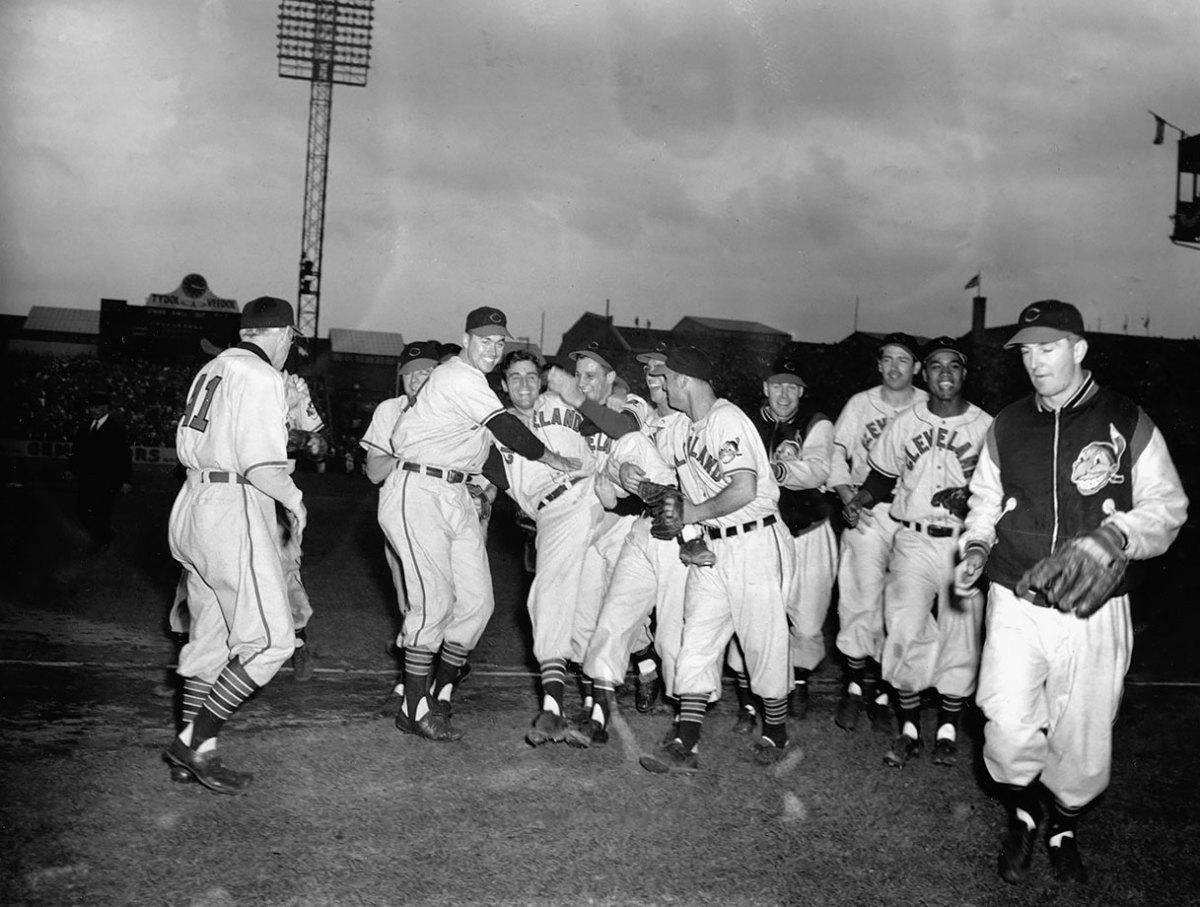
Pictured: Bob Lemon
Texas Rangers/Washington Senators never won, Est. 1961
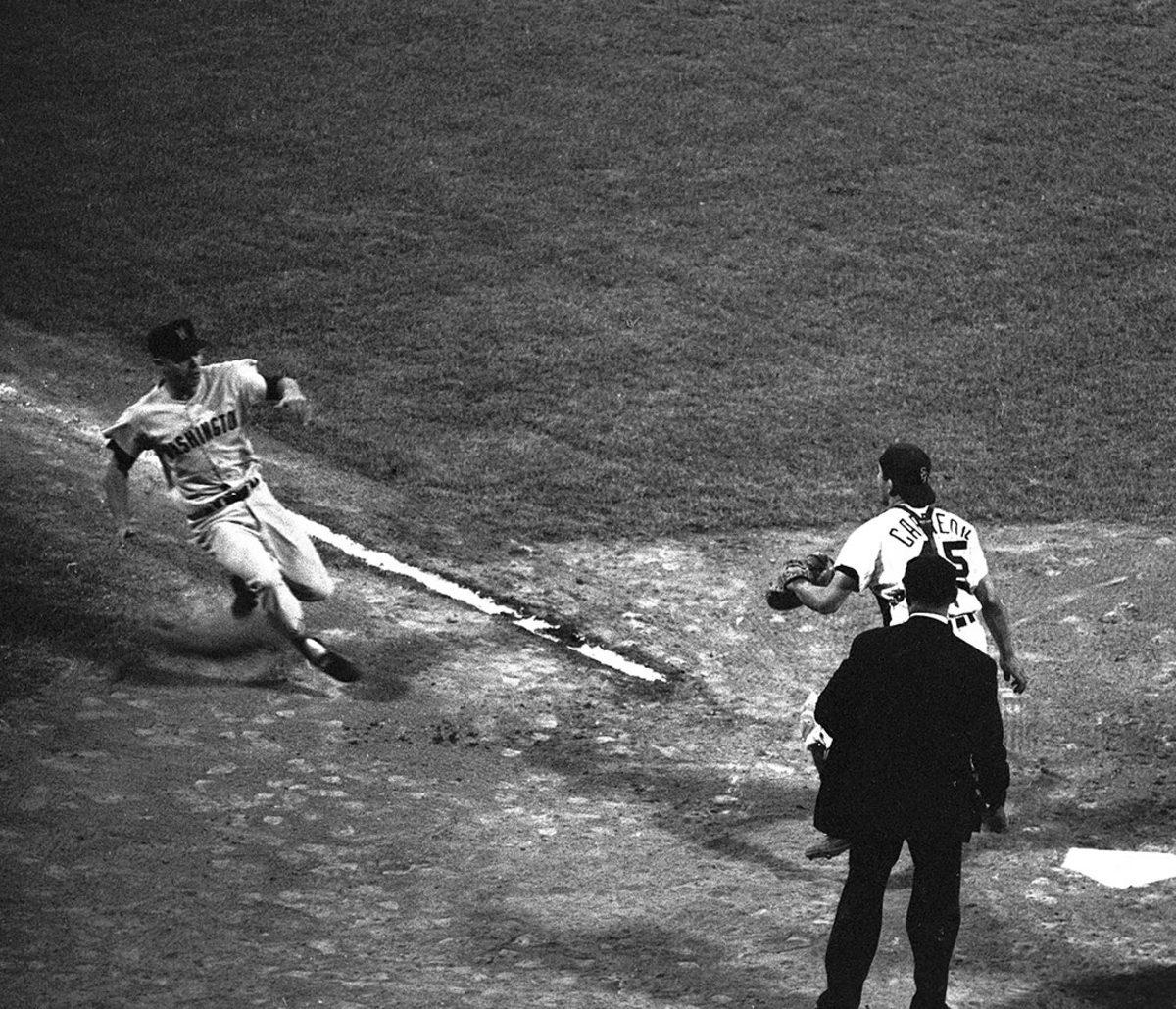
Pictured: Joe Hicks
Houston Astros/Colt .45's never won, Est. 1962
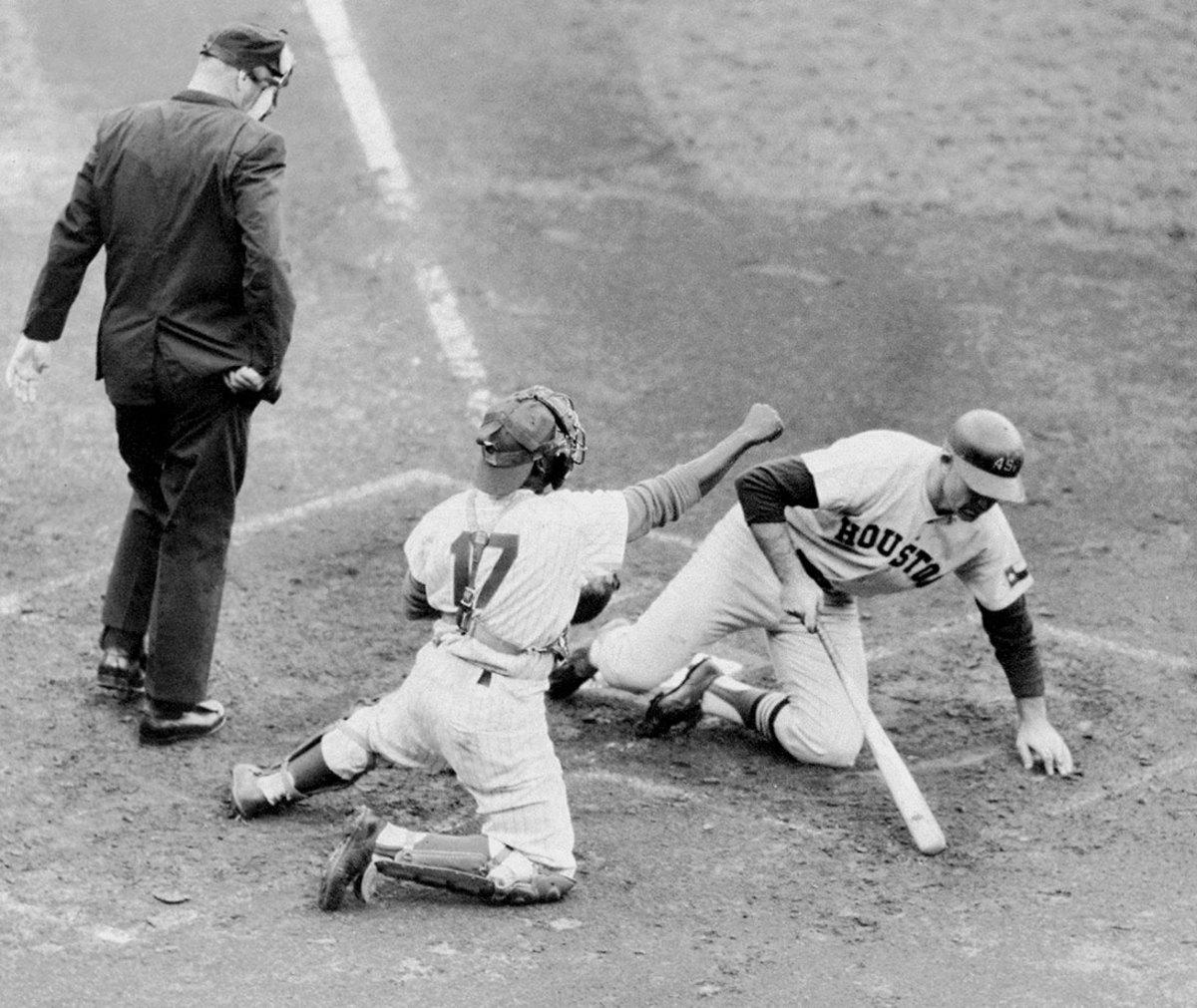
Pictured: Norm Larker
Washington Nationals/Montreal Expos never won, Est. 1969
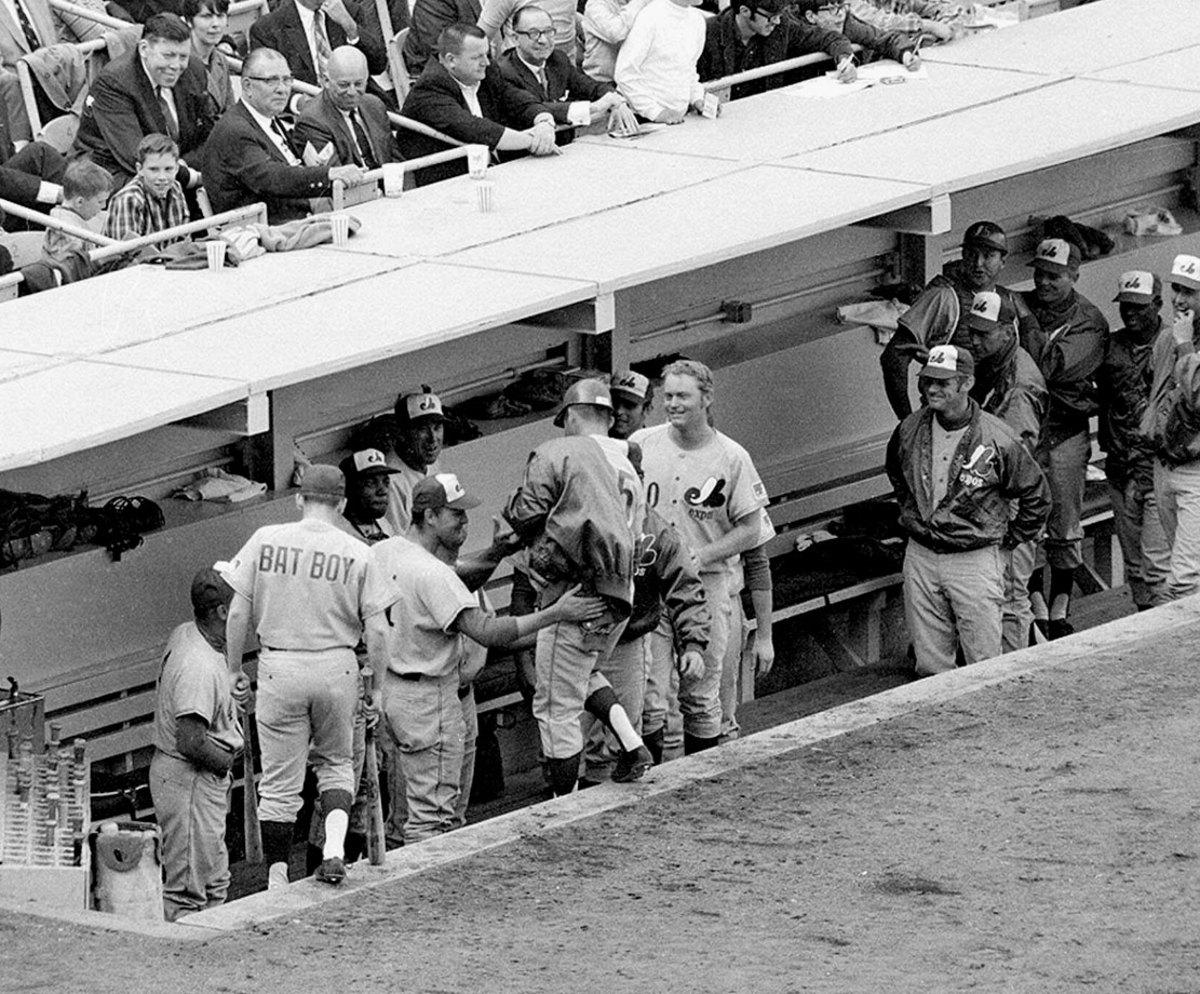
San Diego Padres never won, Est. 1969
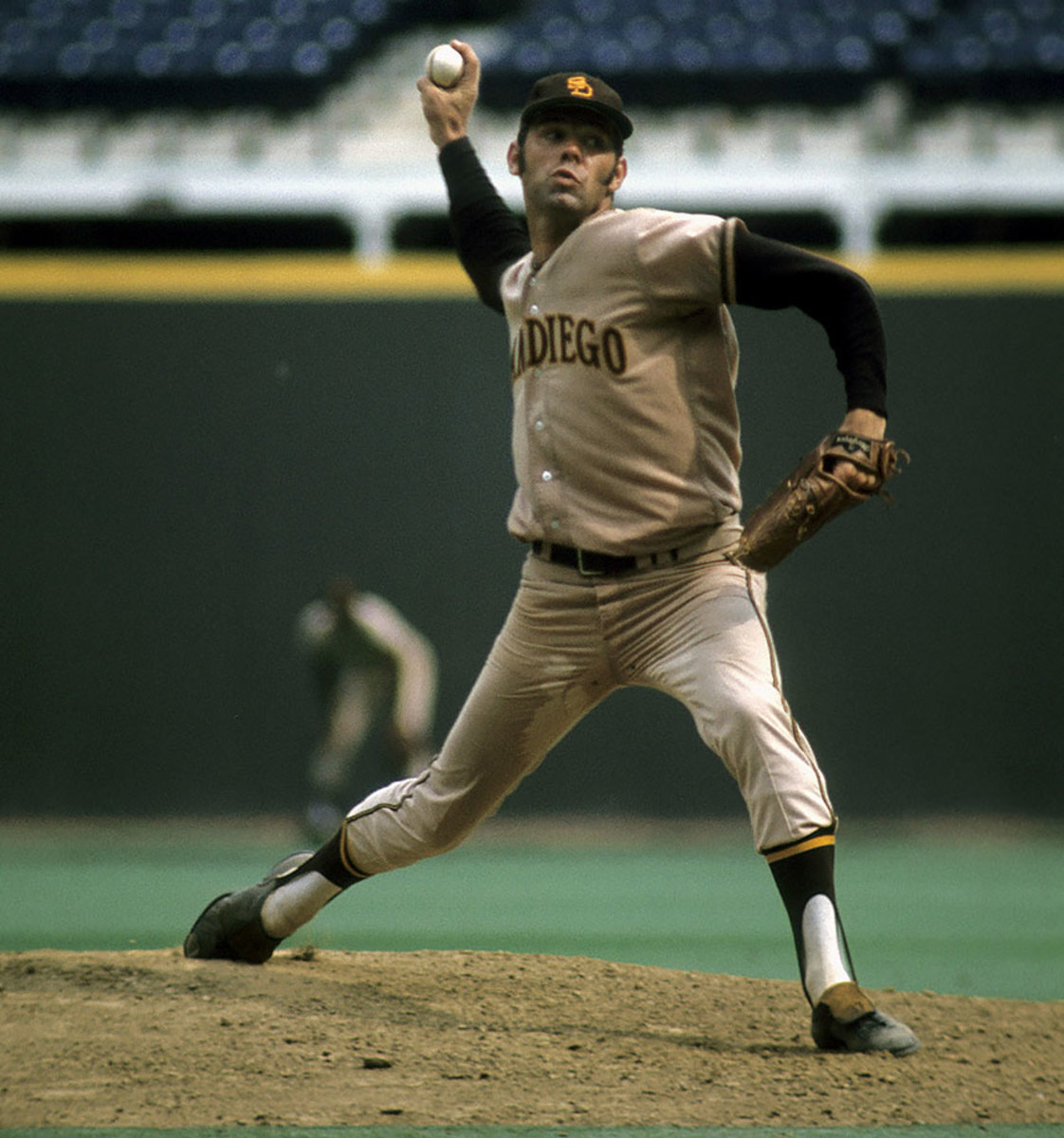
Pictured: Clay Kirby
Milwaukee Brewers/Seattle Pilots never won, Est. 1969
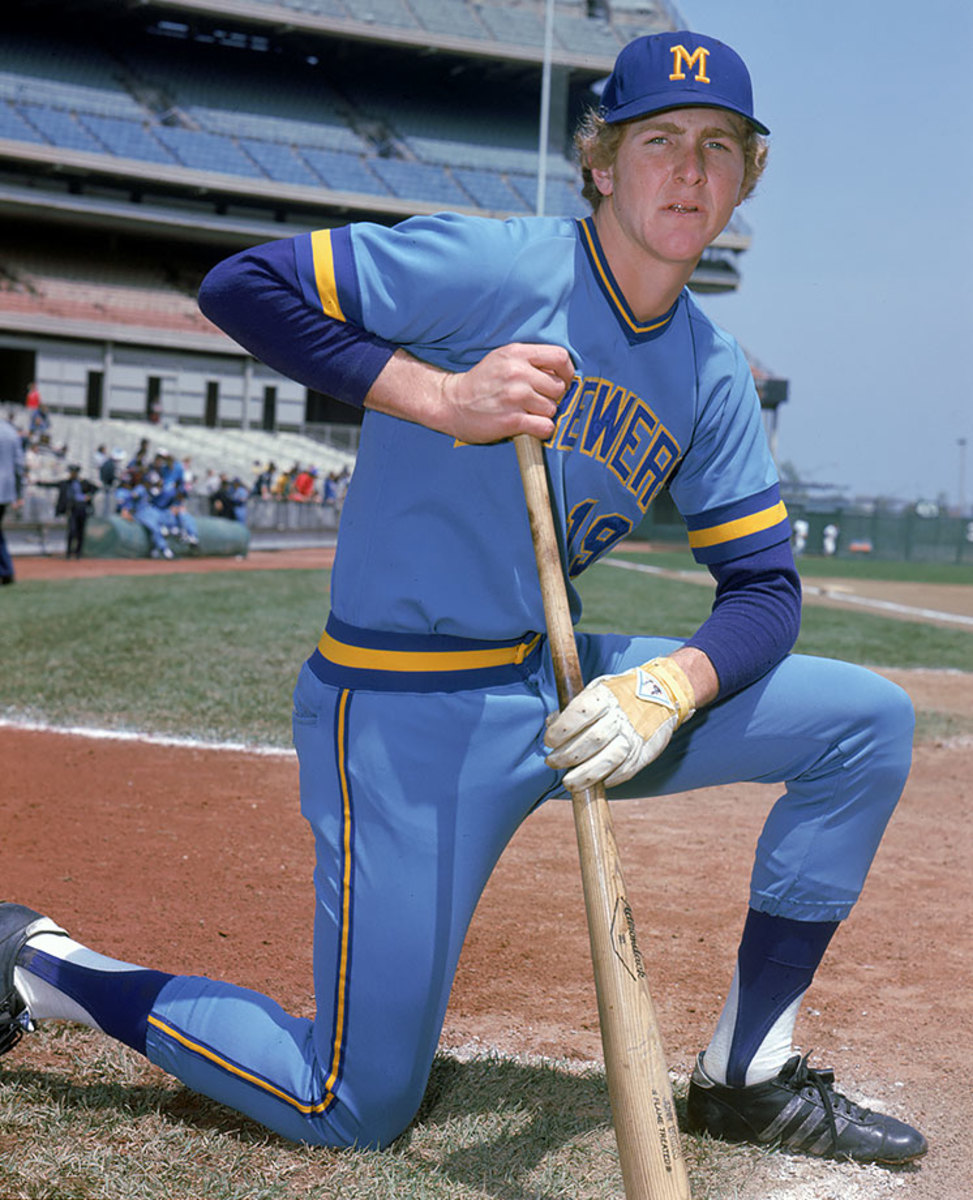
Pictured: Robin Yount
Seattle Mariners never won, Est. 1977
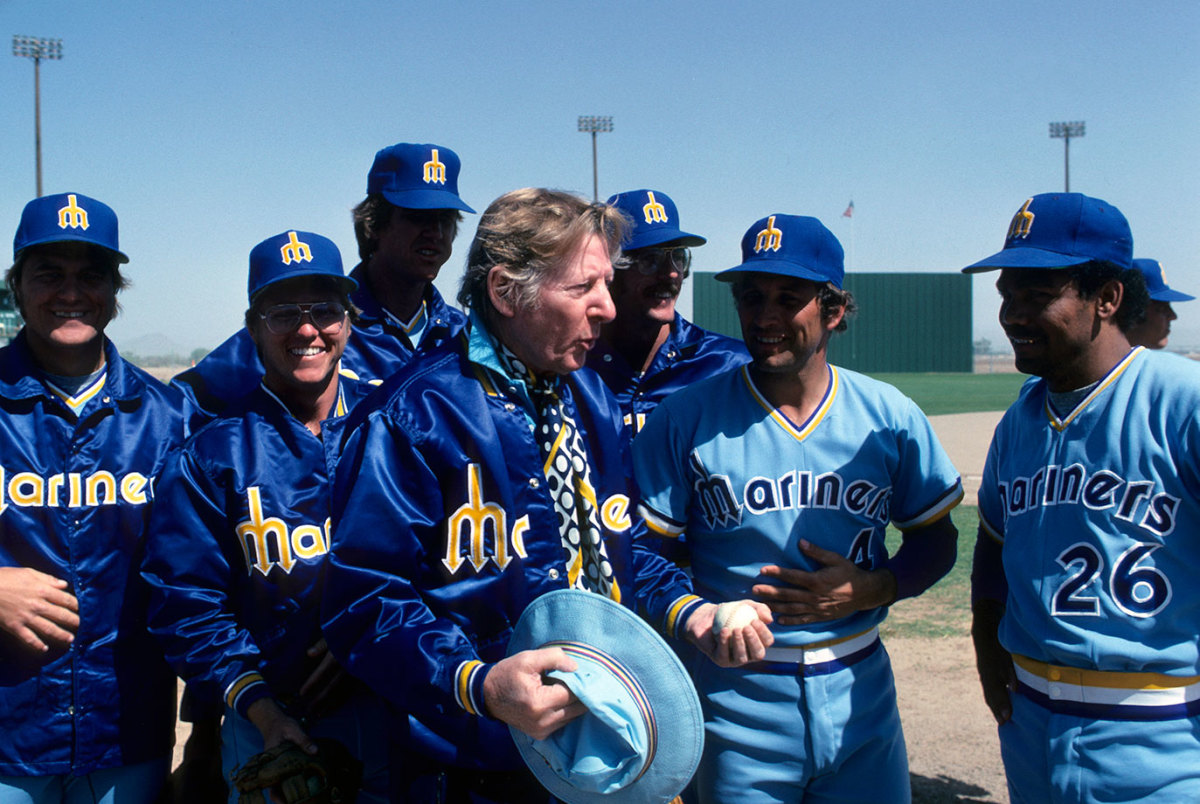
Pictured: Part-owner Danny Kaye
Pittsburgh Pirates last won in 1979
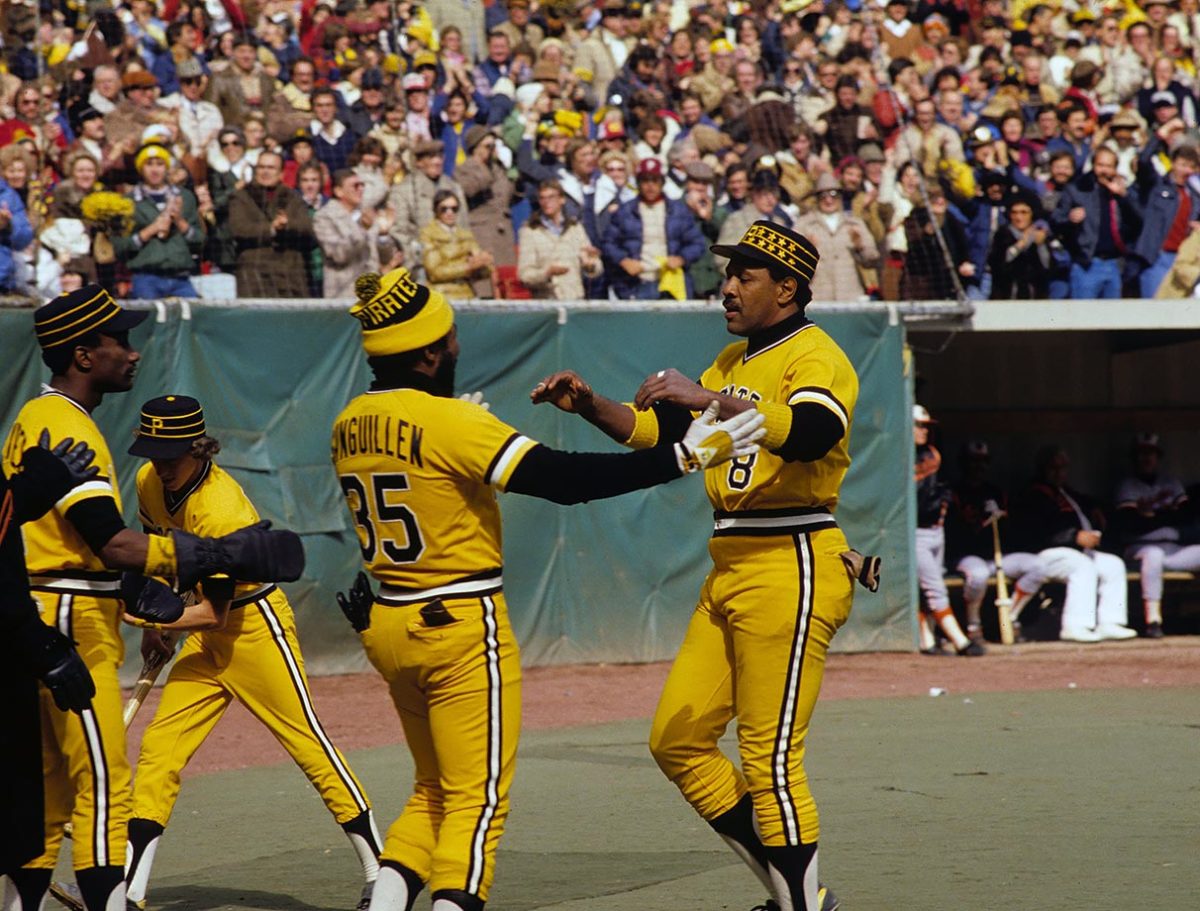
Pictured: Willie Stargell and Manny Sanguillen
Baltimore Orioles last won in 1983
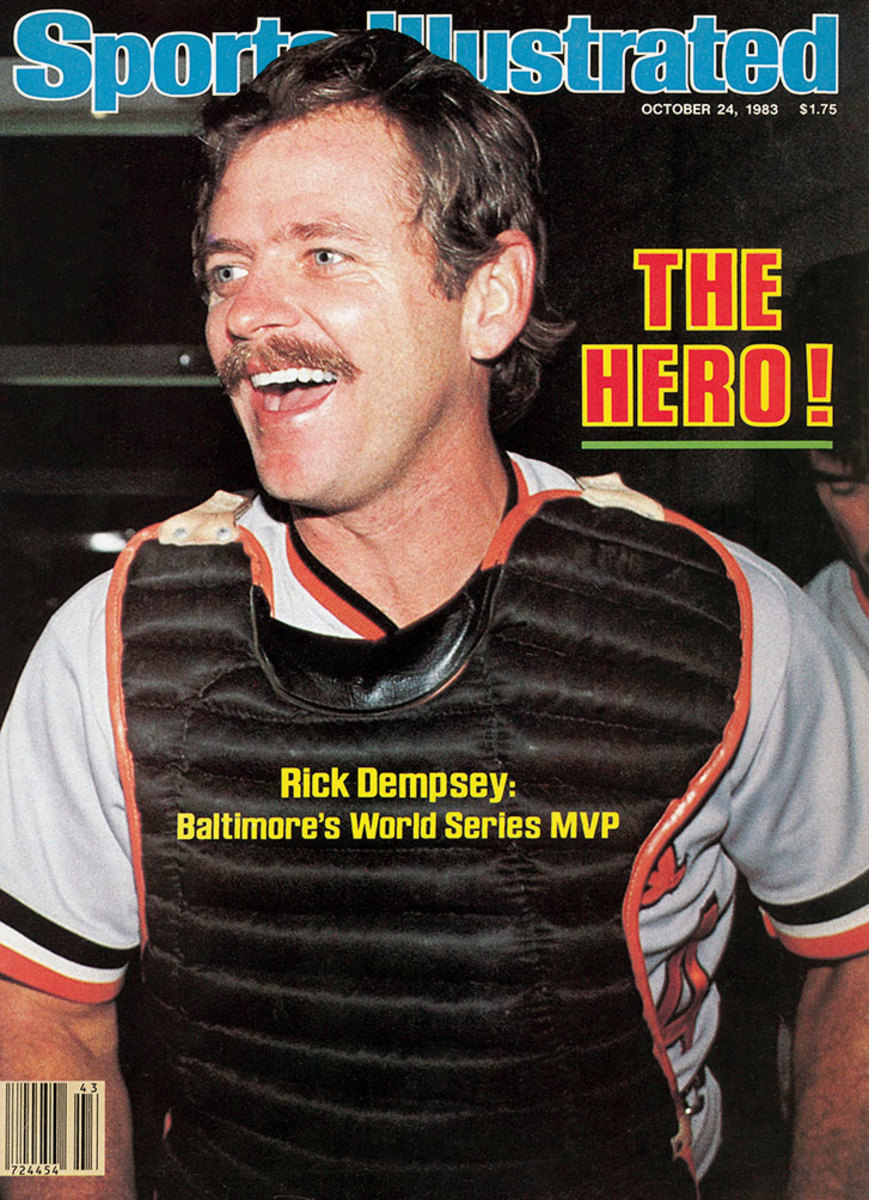
Pictured: Rick Dempsey
Detroit Tigers last won in 1984
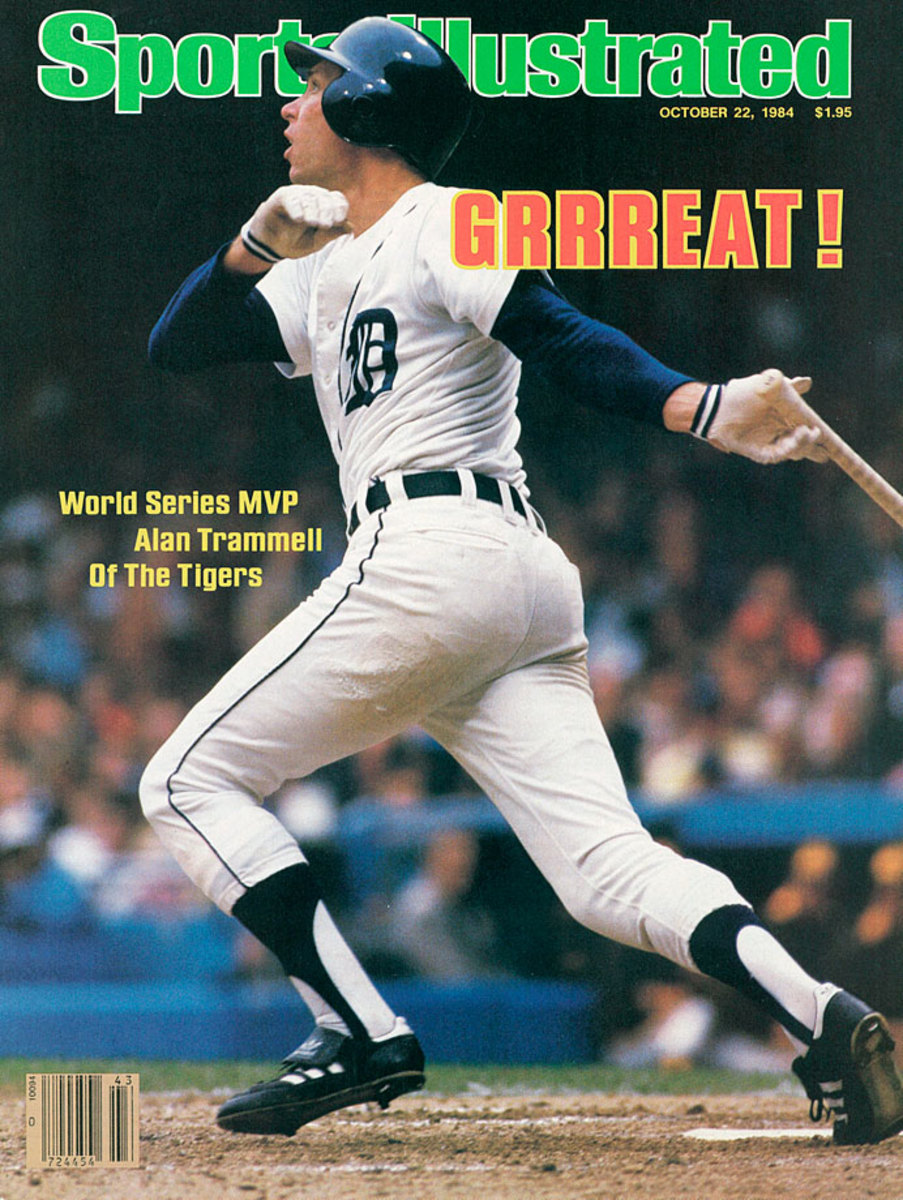
Pictured: Alan Trammell
New York Mets last won in 1986
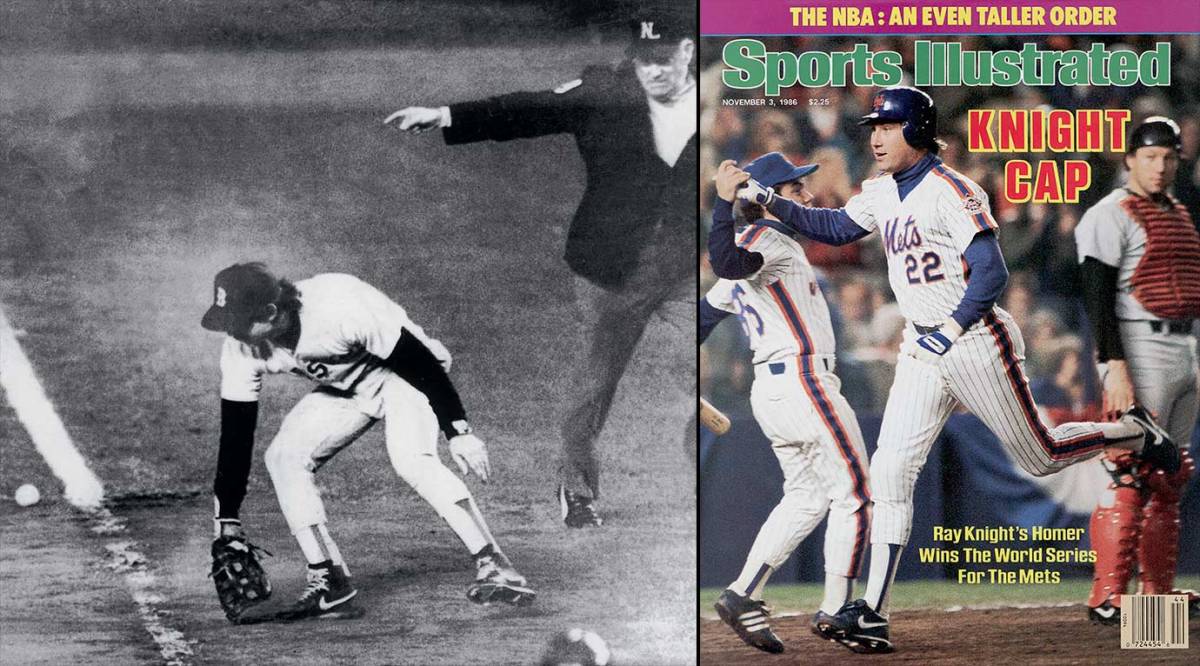
Pictured: Bill Buckner and Ray Knight
Los Angeles Dodgers last won in 1988
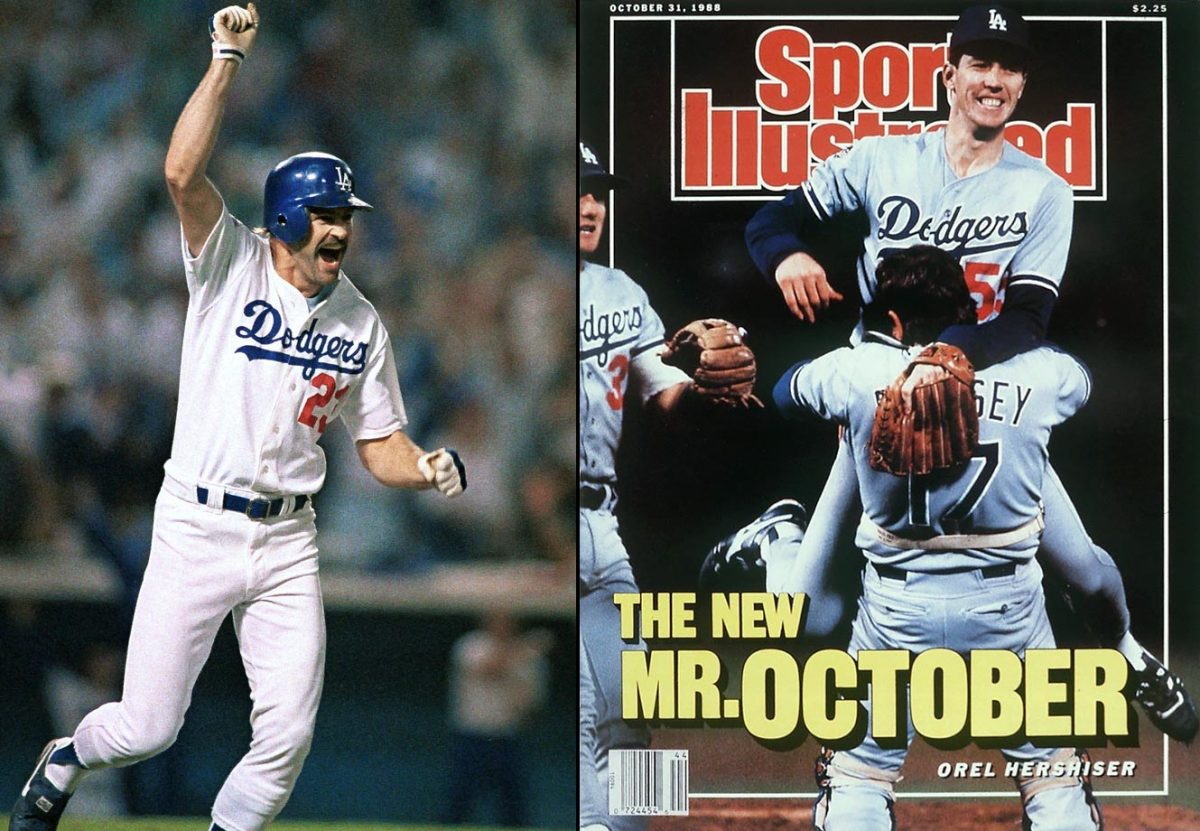
Pictured: Kirk Gibson and Orel Hershiser
Oakland Athletics last won in 1989
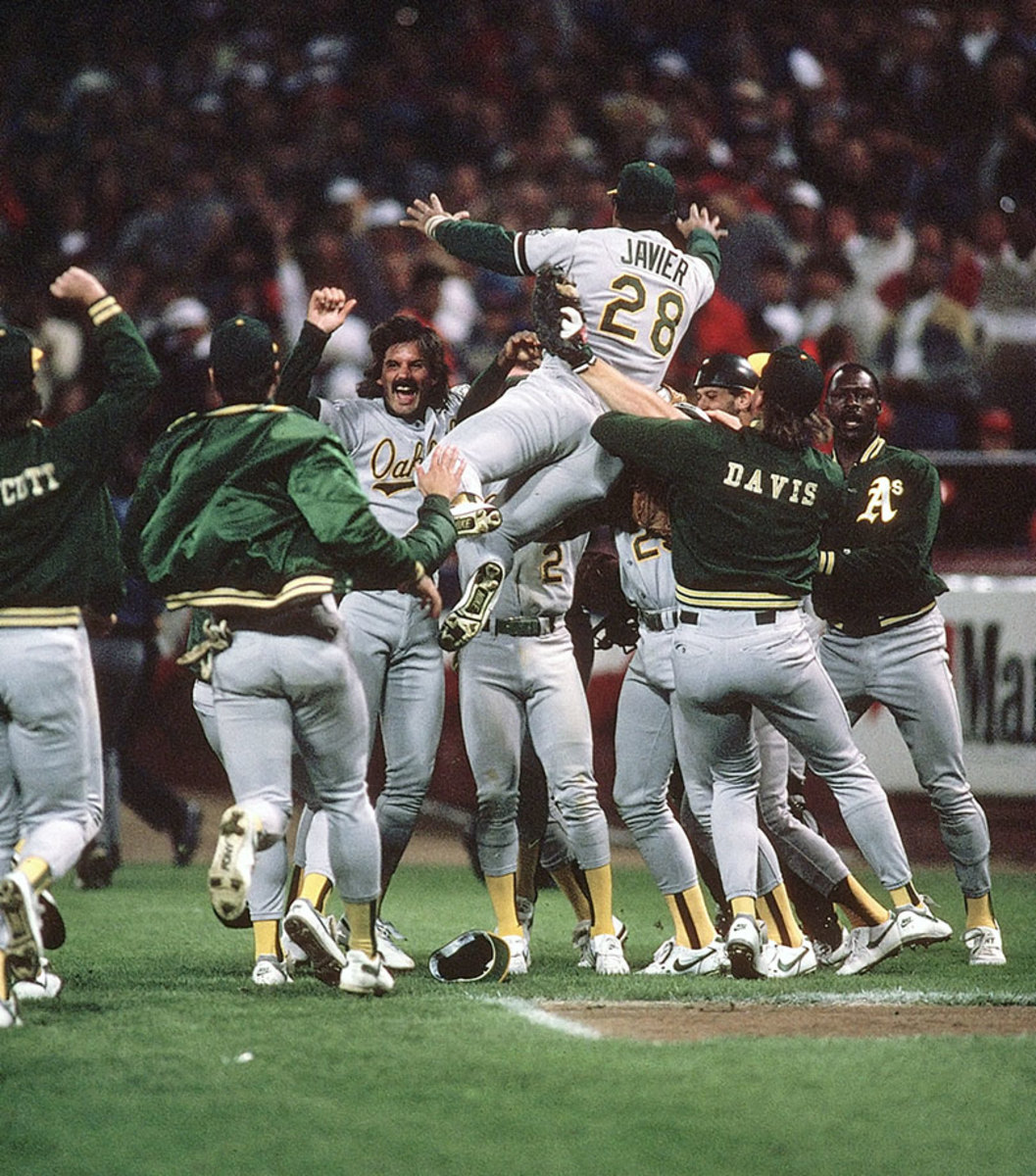
Pictured: Dennis Eckersley and Stan Javier
Cincinnati Reds last won in 1990
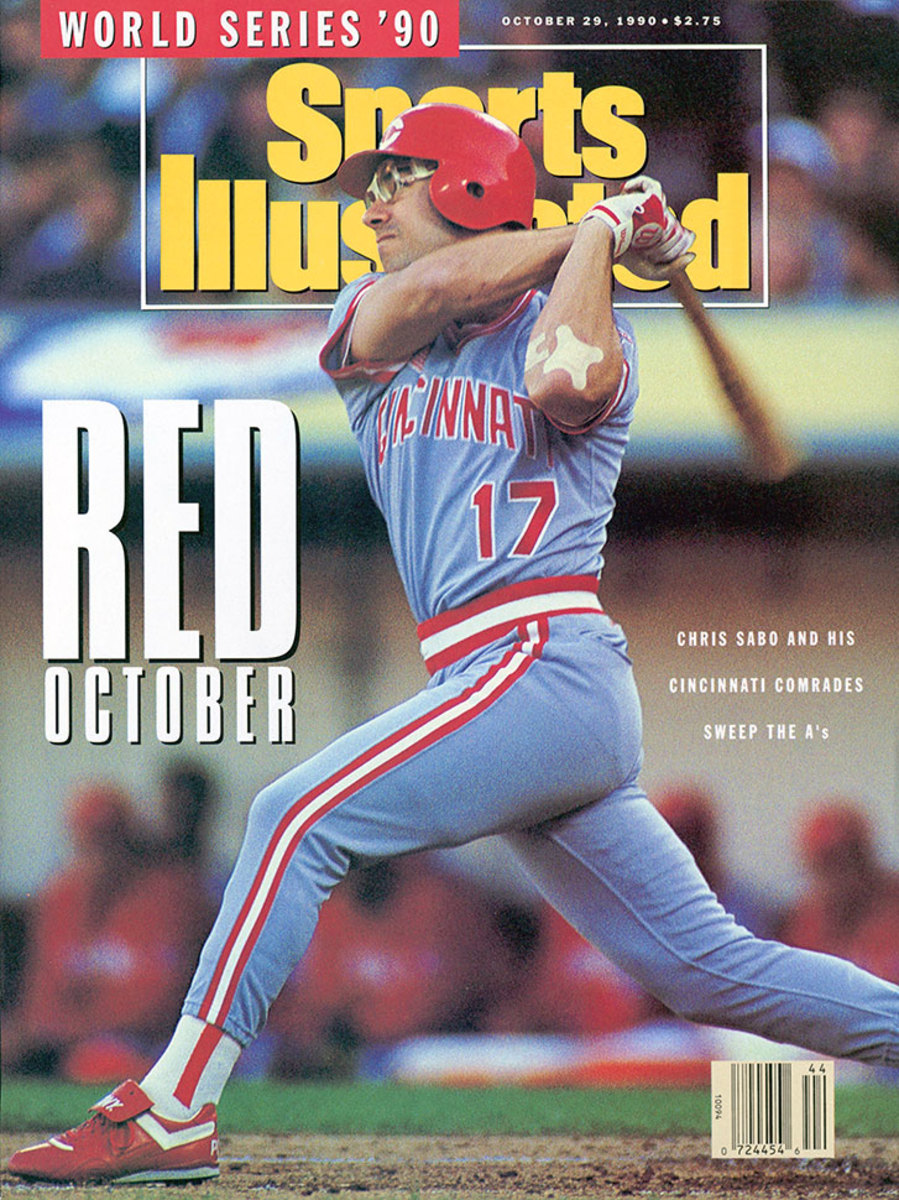
Pictured: Chris Sabo
Minnesota Twins last won in 1991
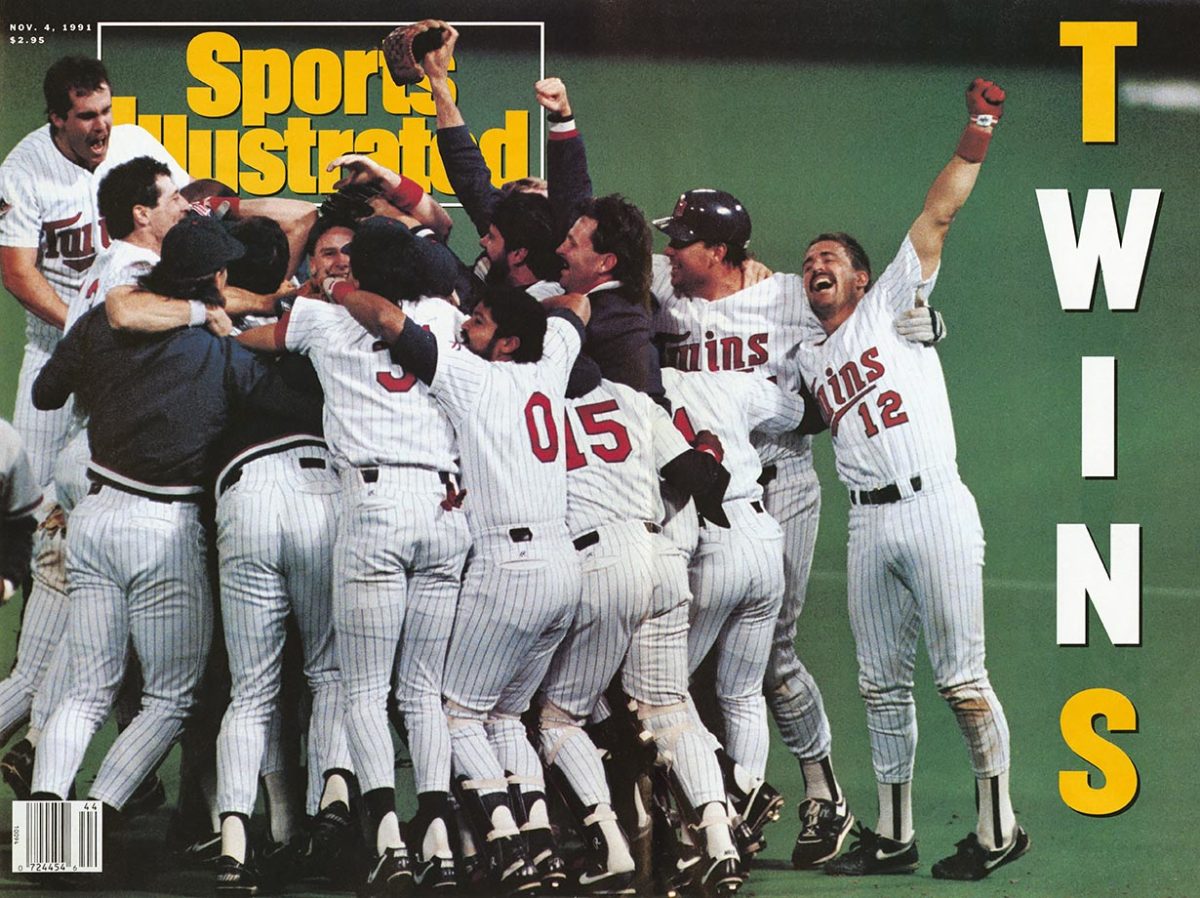
Said Maddon, “And just talking it through, we liked that match-up. That's it. We liked it. So it’s one or the other. You have to pick your poison right there. It just didn’t work out. But that’s what we knew, and we chose that and he got a hit.”
Crisp did not have a pinch hit all season in 10 plate appearances. He had only three first-pitch hits as a pinch hitter in his career. But he softly dumped a first-pitch fastball from Edwards in front of rightfielder Jorge Soler for what would stand as the winning hit.
The Cubs now have lost two 1-0 World Series games in their history—98 years apart. The winning pitcher in the first one, back in Game 1 of the 1918 World Series, was a lefthander for Boston named Babe Ruth, who threw a complete game. The winning pitcher in the second one was Miller, who threw 17 pitches. (The first one took one hour, 50 minutes, or almost half the time of the second.) That seems fitting, because in today’s environment, Andrew Miller is the Babe Ruth of the postseason.
The Indians play baseball the way Seve Ballesteros played golf: they are great at scrambling. Today Francona somehow has the Cubs right where he wants them: Down in the series, anxious at home and staring in Game 4 at the same Corey Kluber-Miller-Allen platter that shut them out in Game 1. It’s an uncomfortable bind for Chicago, one that based on how the game is played these days—especially by Cleveland—will get downright trepidatious if the Indians score the first run Saturday night.
